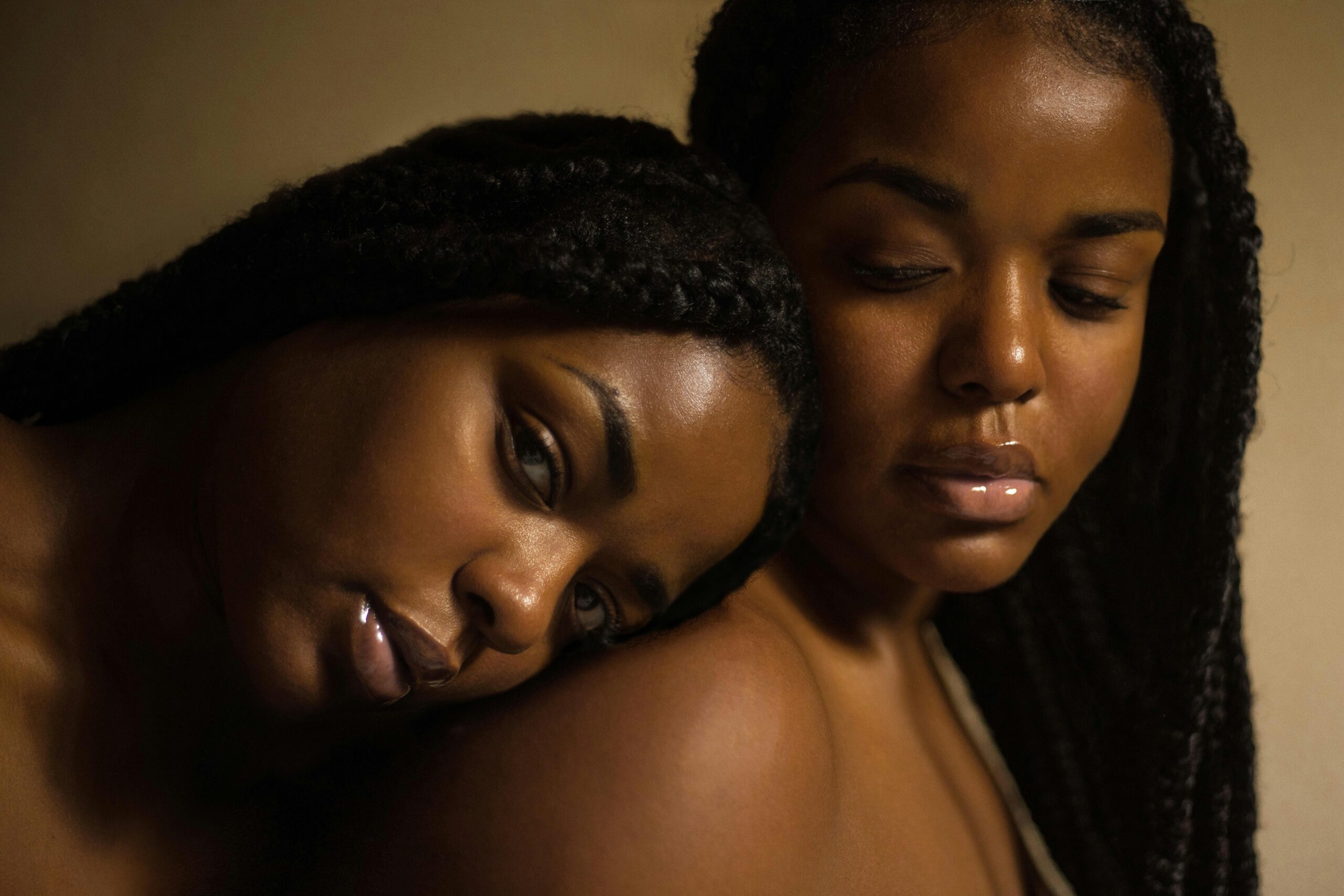
Menstrual Synchrony: Myth or Science? What Research Really Says
Have you ever noticed that your period seems to arrive at the same time as your roommate’s, close friend’s, or coworker’s? If so, you’ve likely heard of menstrual synchrony, often called period syncing. It’s a popular belief that women who spend a lot of time together eventually have their menstrual cycles align.
But is there scientific proof behind this idea, or is it just a comforting myth that strengthens bonds between women? In this blog, we unpack the origins, theories, and research to reveal what science really says about menstrual synchrony.
What is Menstrual Synchrony?
Menstrual synchrony refers to the phenomenon where women living in close proximity—like roommates, classmates, or coworkers, allegedly experience their menstrual cycles aligning over time.
The idea became widely known after psychologist Martha McClintock published a groundbreaking study in 1971, claiming that female college dormmates at Wellesley College experienced synchronized cycles. Her work sparked decades of debate, curiosity, and research into whether period syncing is biologically possible.
The Theory Behind Period Syncing
Pheromones and Biological Signals
The most common explanation for menstrual synchrony involves pheromones, chemical signals that can influence biological processes in others. According to this theory, women’s bodies release subtle pheromones that, when inhaled by others, can influence menstrual cycle timing, causing them to gradually align.
Evolutionary Perspectives
Some evolutionary biologists speculate that menstrual synchrony might have evolved as a strategy for reproductive cooperation. If women in a group ovulated and menstruated around the same time, they could theoretically reduce competition for mates or better coordinate childcare. However, this theory remains speculative and lacks concrete scientific support.
What Does the Scientific Research Say?
McClintock’s Original Study (1971)
Martha McClintock’s study followed 135 female college students and found that over time, their menstrual cycles appeared to align. The study suggested that pheromones could play a role in this synchronization, sparking widespread interest and belief in period syncing.
Attempts to Replicate the Study
Since McClintock’s publication, numerous researchers have attempted to replicate her findings-with mixed results:
- Some small studies reported minor synchronization among close female groups.
- Many larger, well-controlled studies failed to find consistent or statistically significant evidence of period syncing.
One notable study published in the journal Human Nature (1993) found no significant menstrual synchrony among roommates or close friends, casting doubt on the validity of the phenomenon.
Mathematical & Statistical Explanations
Modern researchers suggest that perceived period syncing is likely the result of mathematical probability. Menstrual cycles naturally vary from person to person, ranging from 21 to 35 days. In a group of women, it’s statistically likely that their cycles will overlap occasionally, especially over a period of months. This overlapping can give the illusion of synchronization, even if it’s purely coincidental.
Cultural Perspectives on Menstrual Synchrony
Beyond biology, menstrual synchrony holds strong cultural appeal. For many women, the idea of their bodies aligning with those they are close to feels like a symbol of connection and shared womanhood.
Period syncing is often referenced in popular culture, movies, TV shows, and even casual conversations, reinforcing the belief. The concept fosters solidarity, humor, and a sense of belonging, even if science doesn’t fully support its existence.
Is There Any Truth to Menstrual Synchrony?
The current scientific consensus is that menstrual synchrony is not a proven biological phenomenon. While pheromones undeniably affect behavior and biology in some species, solid, repeatable evidence that they influence human menstrual cycles is lacking.
Nevertheless, the perception of syncing persists. Women are naturally attuned to their bodies and those of close friends. Overlapping cycles are common, and when they occur, they stand out, reinforcing the belief, even if it’s coincidence.
Why This Belief Matters—Even If It’s a Myth
Even if menstrual synchrony is largely a myth, its social significance is real. Shared experiences, whether biological or perceived—foster connection, empathy, and mutual understanding among women.
Believing that your body aligns with friends or family members can:
- Strengthen relationships
- Provide comfort in shared experiences
- Encourage open conversations about menstrual health
The cultural power of menstrual synchrony reminds us that science doesn’t always need to validate a belief for it to carry meaning.
Conclusion
While science doesn’t firmly support the idea that menstrual cycles sync biologically, the belief in period syncing remains a powerful cultural phenomenon. Shared experiences, whether rooted in biology or simply in our social connections, bring women closer together.
So, the next time you feel like your period has magically aligned with your roommate’s or best friend’s, enjoy the connection. Just know, it’s probably chance, not chemistry, at play.
FAQs About Menstrual Synchrony
- Do periods really sync with roommates or friends?
There’s no consistent scientific proof, but cycle overlap can happen by chance, making it seem like syncing occurs. - What did the original menstrual synchrony study find?
The 1971 McClintock study suggested women’s cycles aligned over time, but later studies have failed to consistently replicate these results. - Why do women believe their periods sync?
Overlapping cycles are common, and when they happen, they’re memorable, reinforcing the belief in syncing. - Is there any health risk related to period syncing?
No, period syncing, whether real or perceived, poses no health risks. - Can stress or environment influence menstrual cycles?
Yes. Stress, significant lifestyle changes, and environment can all impact menstrual regularity, but not necessarily cause syncing. - How accurate are period tracking apps for detecting syncing?
Period tracking apps are useful for monitoring individual cycles but may not reliably detect syncing patterns between people. - Does menstrual synchrony happen with hormonal birth control?
Hormonal birth control can regulate or suppress periods, making natural menstrual patterns (and perceived syncing) less noticeable.
All Categories
Recent Posts
Blossomflow’s Impact Series: Blossomflow & NYSC at Iwerekun Secondary School
Why Ending Period Poverty Is a Responsibility We All Share
The Link Between Poor Sanitation Facilities, Infrastructure Development & Period Poverty
Tags
Give them a helping hand
Every donation fuels our mission to combat period poverty. Your generosity brings us closer to menstrual equity.
+234-909-482-1642
inquiries@blossomflow.org




